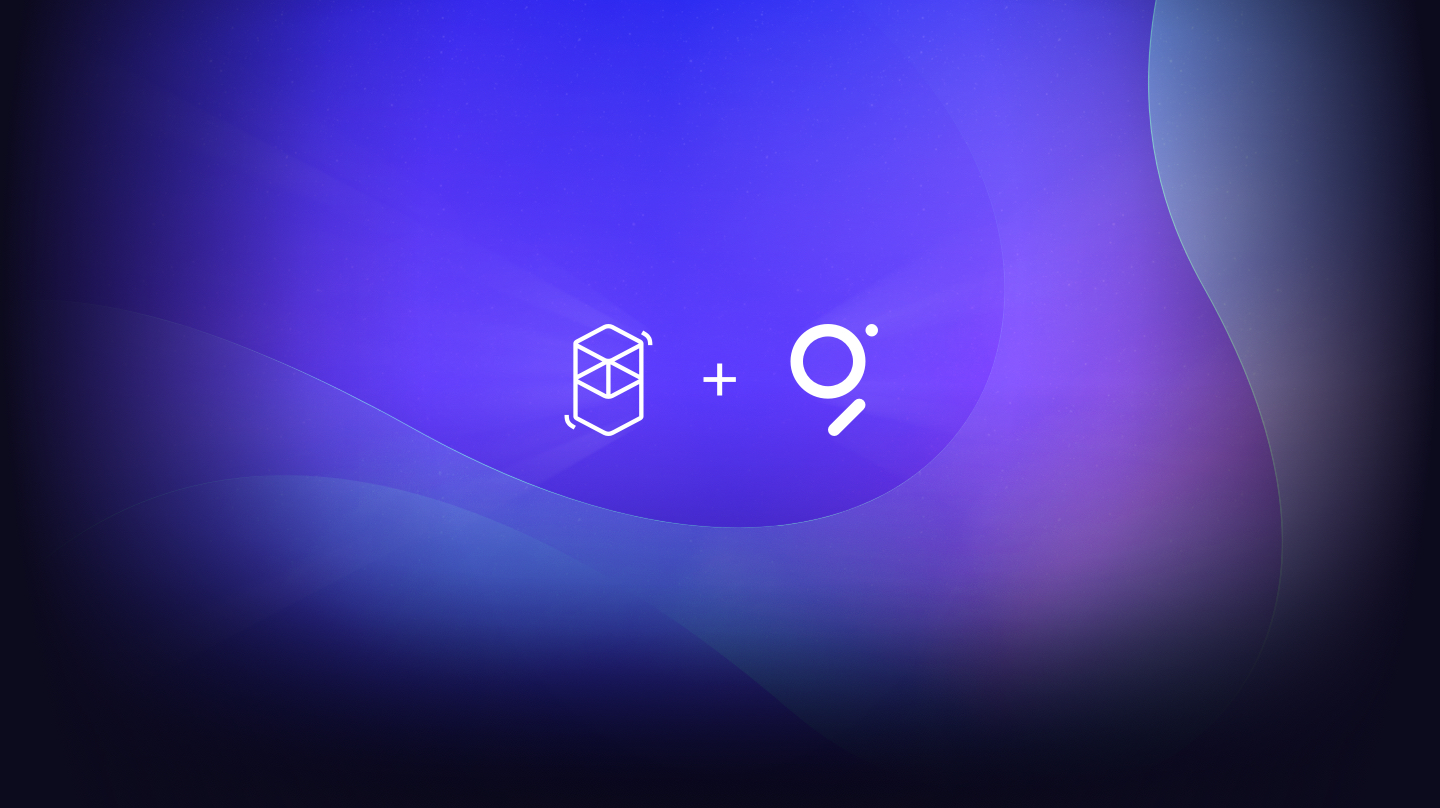

The Graph’s Indexing and Querying is now live on the Fantom Layer 1 Blockchain
The Fantom layer 1 blockchain now uses The Graph and Fantom developers are now eligible for The Graph Foundation grants.
Earlier this month we announced a list of layer 1 blockchains that The Graph community is working on supporting. Those chains include Polkadot, NEAR, Solana, Celo and today, we’re adding another layer 1 chain to this group, which has been fast tracked to production on The Graph’s hosted service - Fantom, an EVM compatible chain. As the community continues to work hard and secure new blockchains for integration weekly, The Graph remains committed to expanding the Web 3 ecosystem of builders and users.
Fantom developers can learn how to master subgraphs using Graph Docs and Fantom subgraphs will be supported via the hosted service. The Graph currently supports Ethereum and POA, enabling querying of data across several blockchains, which Fantom developers can now access and build with, as well as cross swap between Ethereum.
Quick integration and data access across chains
After Fantom requested support from The Graph, integration was complete in 24 hours. DeFi Ethereum Architect for Fantom, Andre Cronje, communicated the partnership via Twitter, highlighting the ease of integration the protocol UX/UI allows:

Soon after, developers began deploying subgraphs to build decentralized applications on Fantom, bridging the gap for developers to access data.
Fantom community eligible for grants
The Graph Foundation is now inviting developers, researchers, and community members contributing to Fantom to apply for grants. They can do so here. Grants for protocol infrastructure, tooling, decentralized applications and community building are all accepted!
The indexing and query layer of Web3
As developers move from Web2 to Web3, we believe the decentralized Internet must be as developer-friendly as possible. Blockchain interoperability has continued to be a pain point for developers and as DeFi and NFT-driven apps increase, they must interact with multiple protocols and chains. The Graph solves these bottlenecks, because developers only need to learn to use subgraphs instead of understanding other chains’ unique smart contract languages.
The Graph’s hosted service saw queries increase to over 11 billion in January 2021 and had 100x growth during 2020. This volume and growth represent the shift to the decentralized Internet known as Web3. Bitcoin, Cosmos, Avalanche, Binance Smart Chain, Flow, and other layer 1 blockchains are also being explored for integration.
The Graph aims to support all of the top layer 1 blockchains in the Web3 ecosystem and to be the indexing and query solution of the decentralized Internet.
About The Graph
The Graph is the source of data and information for the decentralized internet. As the original decentralized data marketplace that introduced and standardized subgraphs, The Graph has become web3’s method of indexing and accessing blockchain data. Since its launch in 2018, tens of thousands of developers have built subgraphs for dapps across 40+ blockchains - including Ethereum, Arbitrum, Optimism, Base, Polygon, Celo, Fantom, Gnosis, and Avalanche.
As demand for data in web3 continues to grow, The Graph enters a New Era with a more expansive vision including new data services and query languages, ensuring the decentralized protocol can serve any use case - now and into the future.
Discover more about how The Graph is shaping the future of decentralized physical infrastructure networks (DePIN) and stay connected with the community. Follow The Graph on X, LinkedIn, Instagram, Facebook, Reddit, and Medium. Join the community on The Graph’s Telegram, join technical discussions on The Graph’s Discord.
The Graph Foundation oversees The Graph Network. The Graph Foundation is overseen by the Technical Council. Edge & Node, StreamingFast, Semiotic Labs, The Guild, Messari, GraphOps, Pinax and Geo are eight of the many organizations within The Graph ecosystem.
